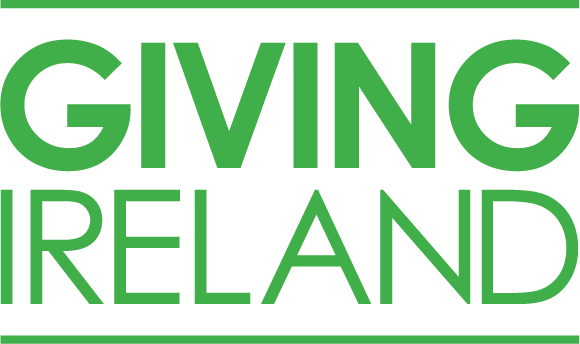About
Giving Ireland
Giving Ireland 2023 Methodology
Our research on nonprofits utilises a stratified, random sample, guided by the Johns Hopkins International Nonprofit Classification as adopted by Benefacts. We refined our data set by excluding organisations without available accounts, those struck from the Register of Charities or the CRO, and duplicates.
Special attention was focused on aligning the financial years under study. Organisations whose financial reports predominantly covered years outside our target year (2021) were excluded from the sample. This ensured that the data analysed was relevant and specific to the year in focus.
Sample Selection
In 2023, we used a novel sampling approach, focusing on income distribution rather than organizational count. We selected a sample of 1,037 organisations from the Benefacts legacy datasets, representing approximately 5% of the ‘addressable universe’ of nonprofits with available accounts. There were roughly 20,000 organisations with available accounts out of a total sector of about 34,000 organisations, according to Benefacts.
The sample, comprising 12 substrata corresponding to 12 subsectors (as classified by Benefacts), was selected based on the proportional weight of each subsector’s reported aggregate turnover. The majority of this turnover data was obtained from the Charities Regulator’s register of charities, accessed March 31, 2023. Additional turnover information was supplemented by VisionNet. This composite data formed the basis of our population, from which we drew our sample.
Data Extrapolation Method
To estimate the sector’s overall financial status, we applied multipliers based on each subsector’s turnover share. This method helps in assessing total turnover, various income sources, and their distribution across different subsectors.
Outlier Management
To avoid distortion from extremely large organizations, the top 1% outliers for each income source were initially excluded, then reintroduced post-extrapolation. This was to ensure a balanced representation of income distribution.
Comparative Analysis
This report involves a year-on-year comparative analysis to identify trends and variations within the nonprofit sector, specifically focusing on changes between 2020 and 2021. It is important to note that the findings for 2020 presented in this year’s report differ from those published in Giving Ireland 2022, which covers 2019-2020. This variation arises due to our research methodology, which relies on a sample-based estimation of the sector’s income. As our sample changes each year, our estimates for a given year may also be revised. Acknowledging this as a limitation of our current approach, we are exploring methods to enhance the consistency and comparability of our annual findings in future research.
Limitations and Future Directions
Our findings predominantly reflect charity organizations, due to data availability. This may influence the results. Next year, we aim to explore differences between charity and non-charity nonprofit funding models in Ireland. While our extrapolation technique is robust, it relies on available data and represents our best estimates at this time.

